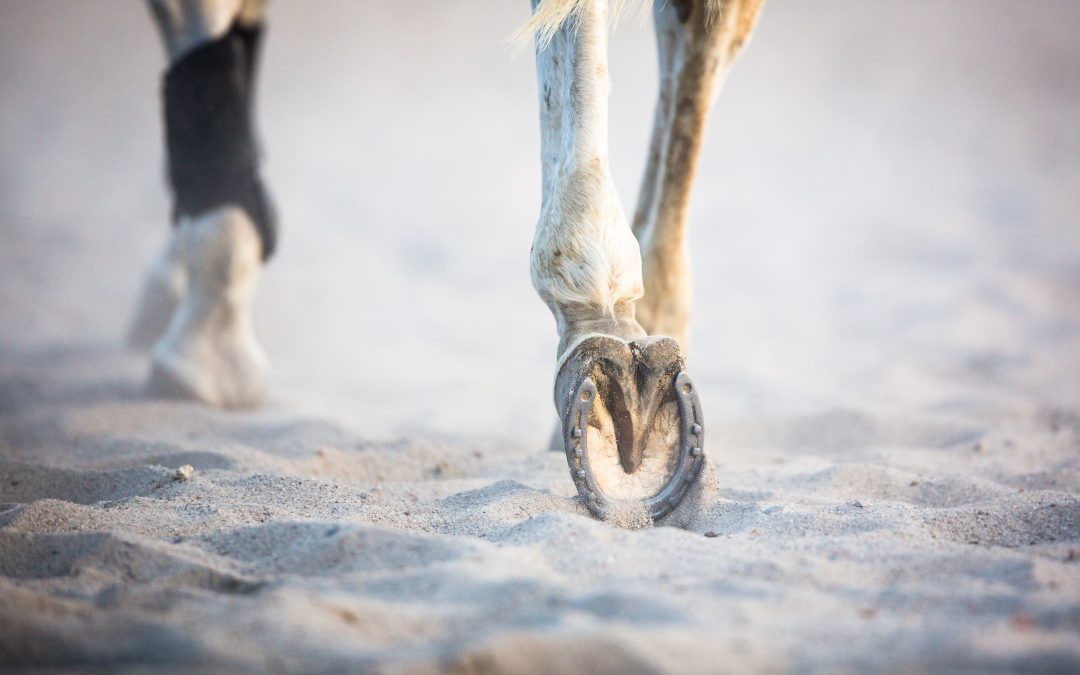Why do horses get abscesses after a change in weather?
The hoof is predominantly made from a tissue called keratin. This is similar to your nails in that it is hard and tough with about 25% moisture in its structure. It is porous, which means that moisture can bet into the outer layer of it. Like our finger and toe nails the strength of it can change due to external factors such as humidity, wet and changes in temperature.
The change in strength means that they can bruise or become damaged more easily in wet or icy weather. This means that lameness issues such as bruising or abscessation are more common.
Signs of foot abscess:
- Suddenly severely lame, having appeared sound hours earlier.
- Pointing a foot
- Unable to land onto the heel or a foot
- Discharge (black in colour) coming from the sole, back of heel, coronet band
Normally foot abscess resolve quickly after a few days of poulticing but there are times when a vet should be called.
- A yellow purulent discharge from the foot
- No discharge from the foot and the horse becoming more painful as time goes on
Yellow discharge:
This can often indicate a more serious foot issue such as a pedal bone infection which is also known as Oestoemyelitis. These bone infections will need antibiotics but might also need surgical intervention. They usually occur after a deep rooted infection within the pedal bone area.
Signs not improving =/- no pus:
These cases can sometime have other underlying issues such as fractures in the foot, or unusual cases of laminitis where it only affects one foot.
These will need vet attention +/- xray’s or MRI to correctly diagnose the problem.
How to minimise the risks:
- Ensure regular trimming cycle with your farrier. Good foot conformation is vital.
- Ensure good nutrition to help with good hoof growth.
- If soles are soft, contact your vet to discuss your options for hardening them up.

